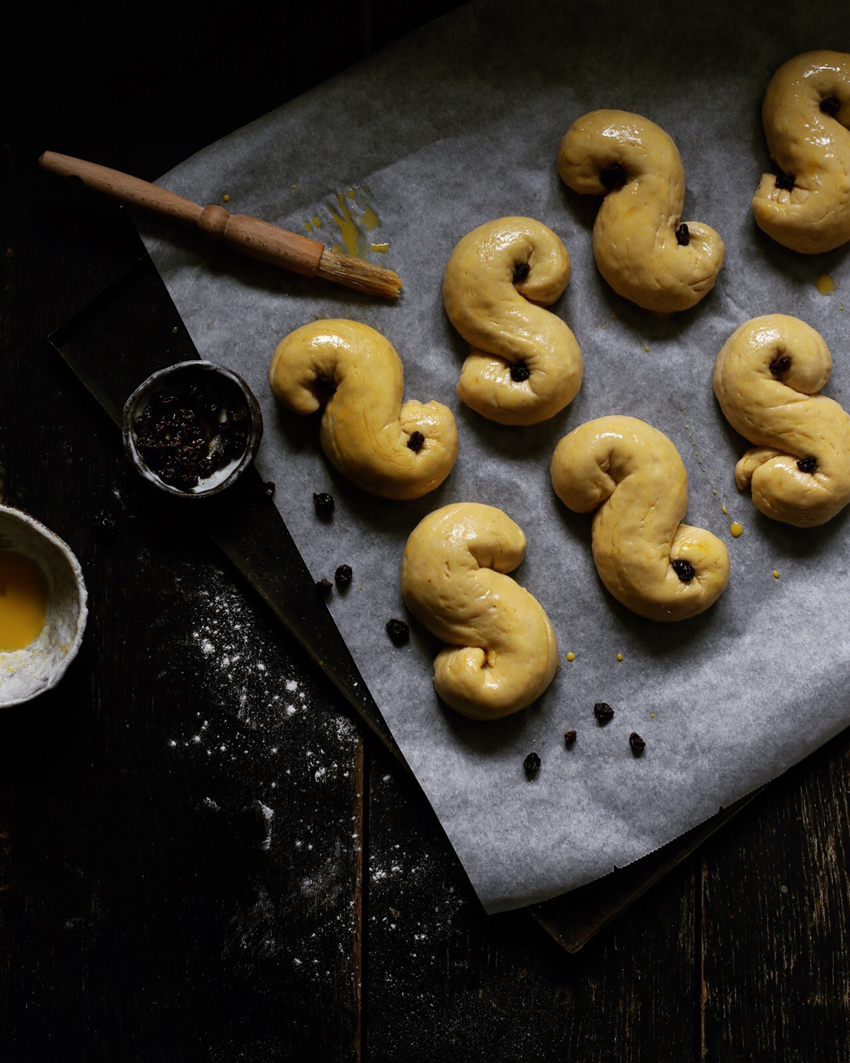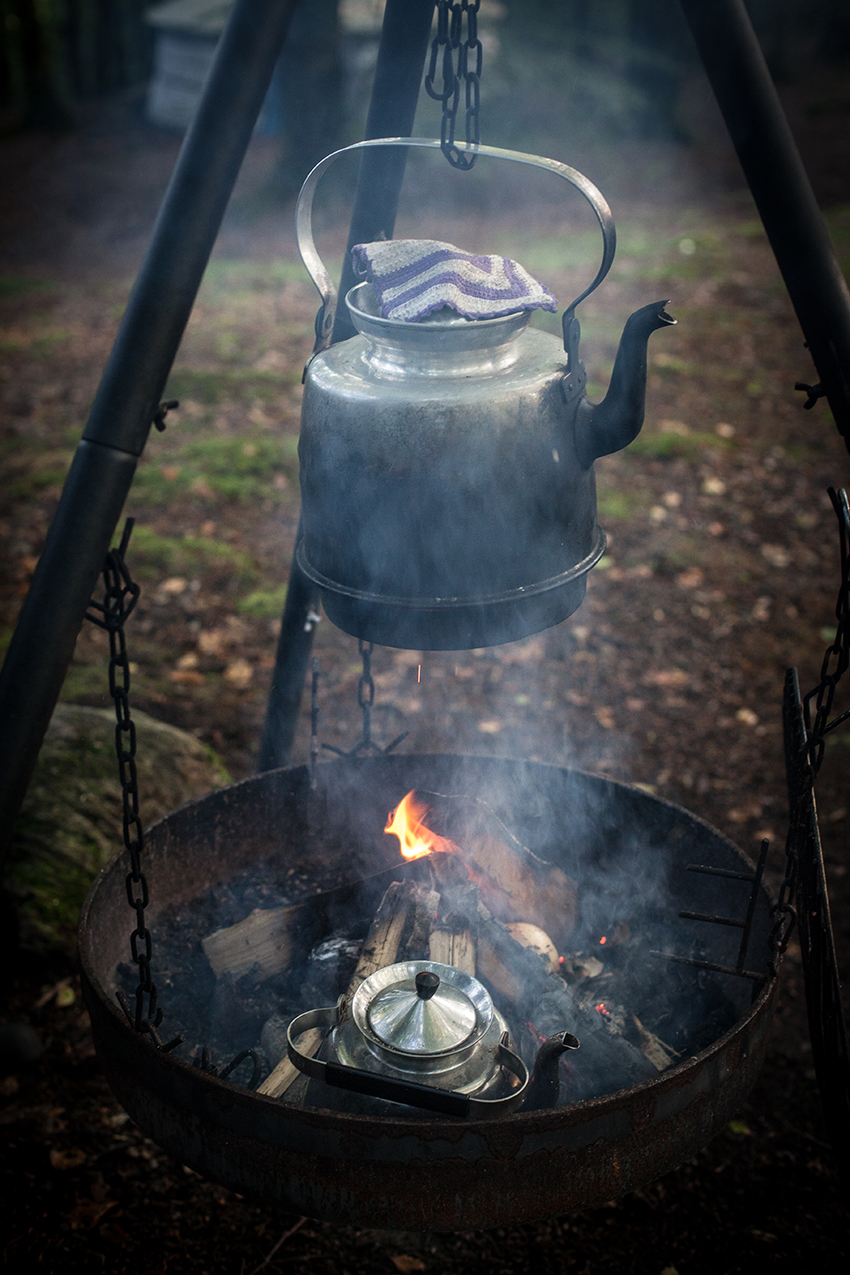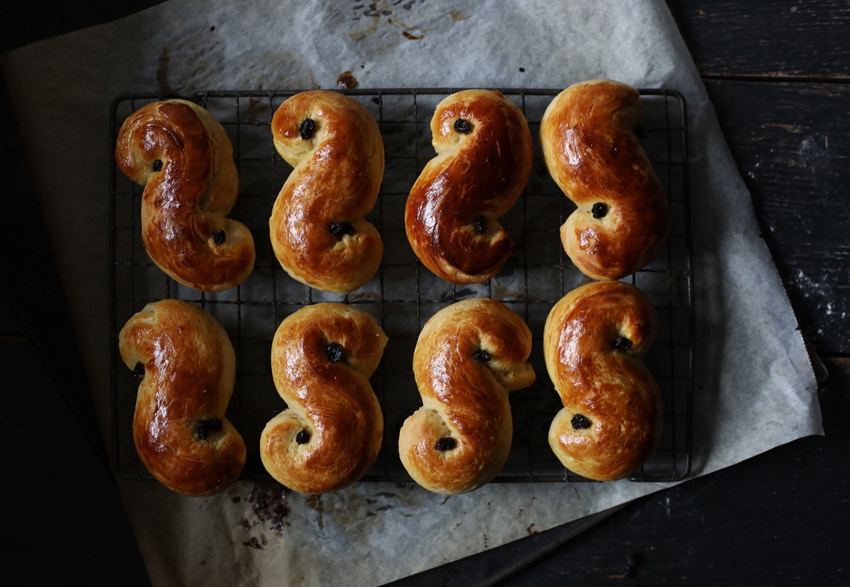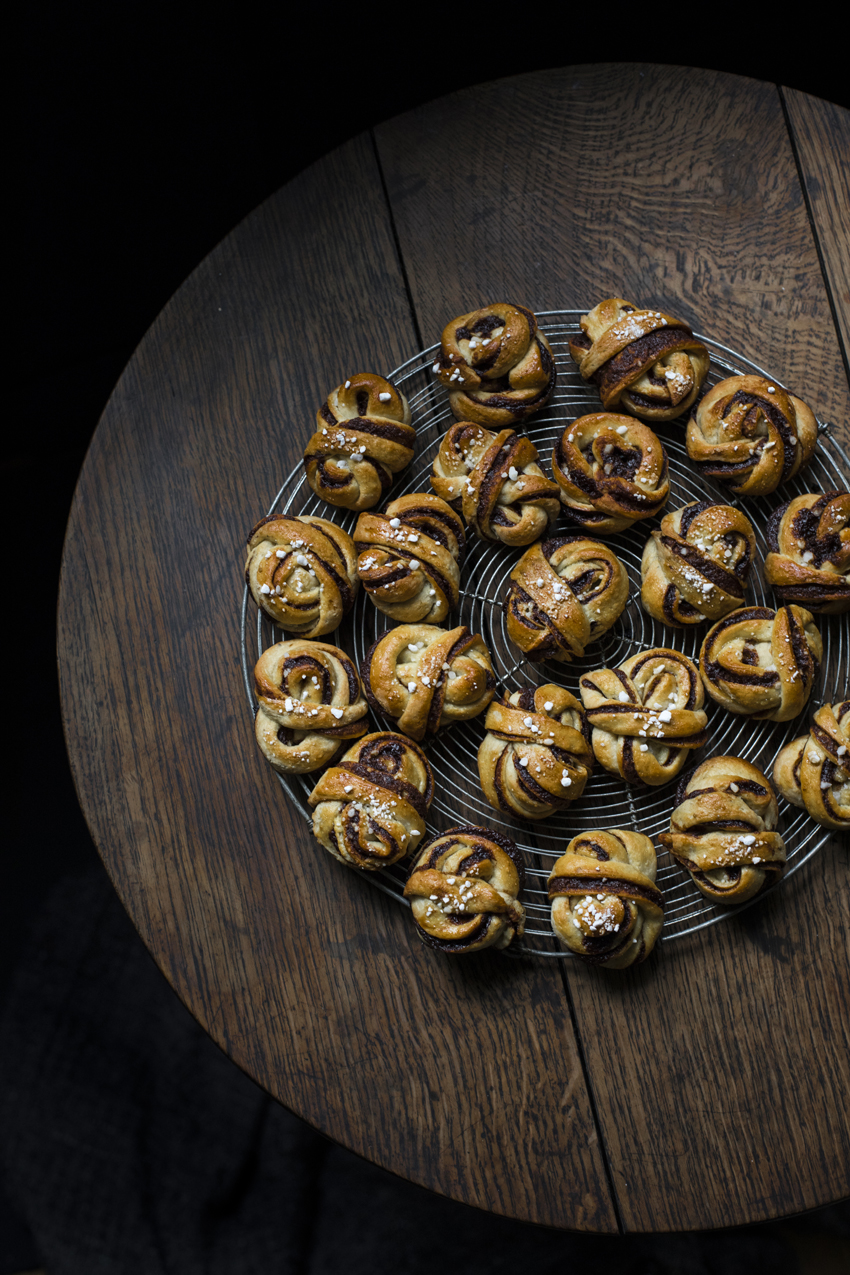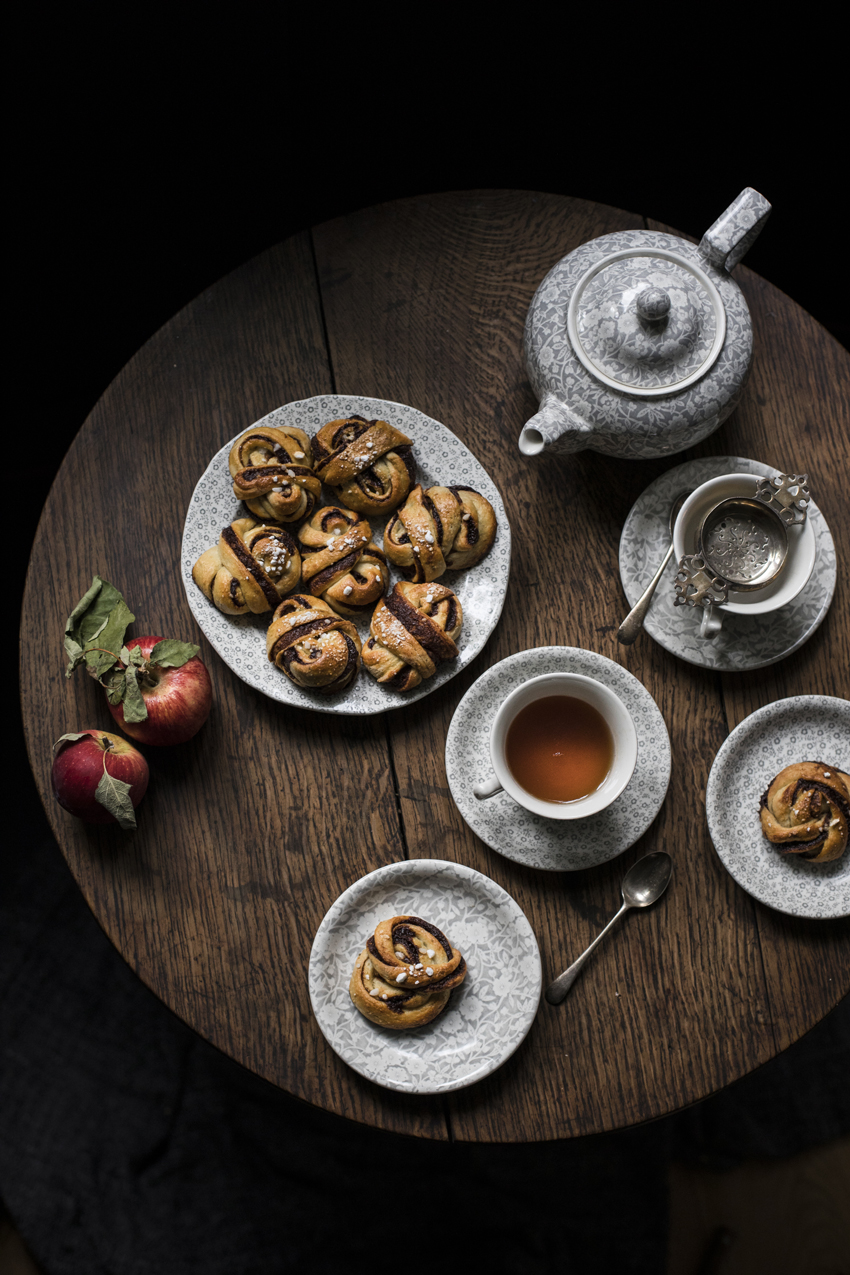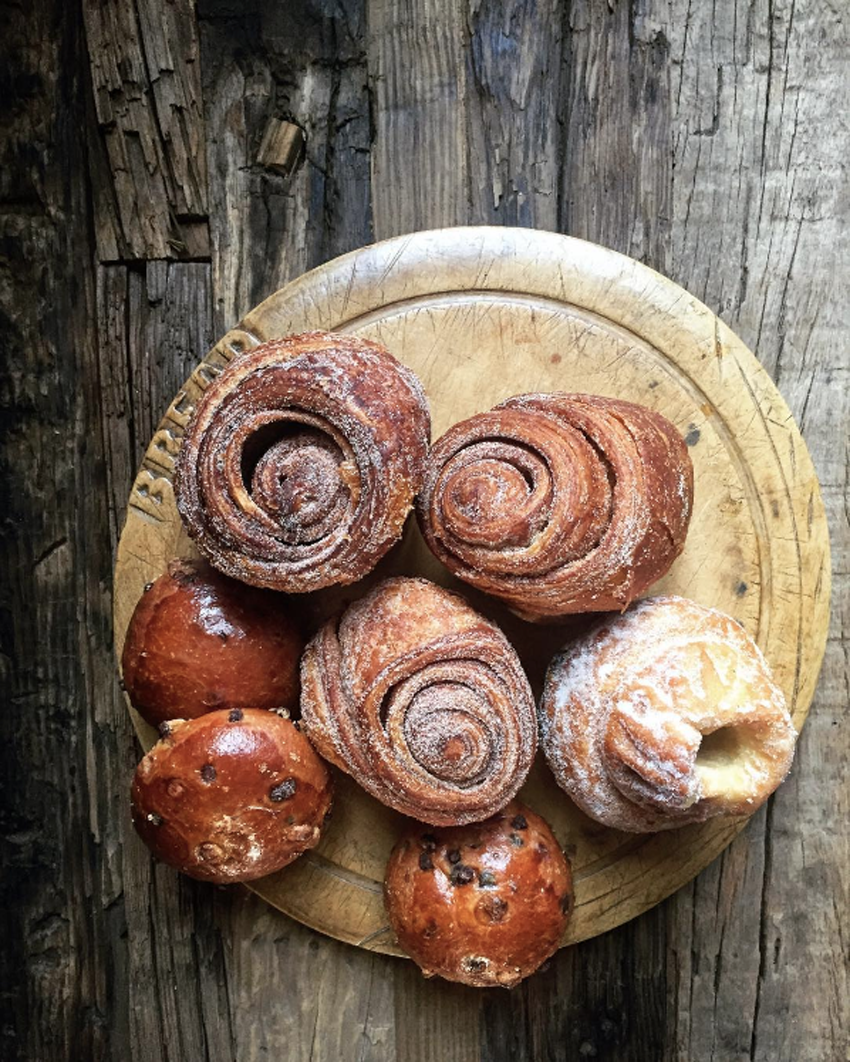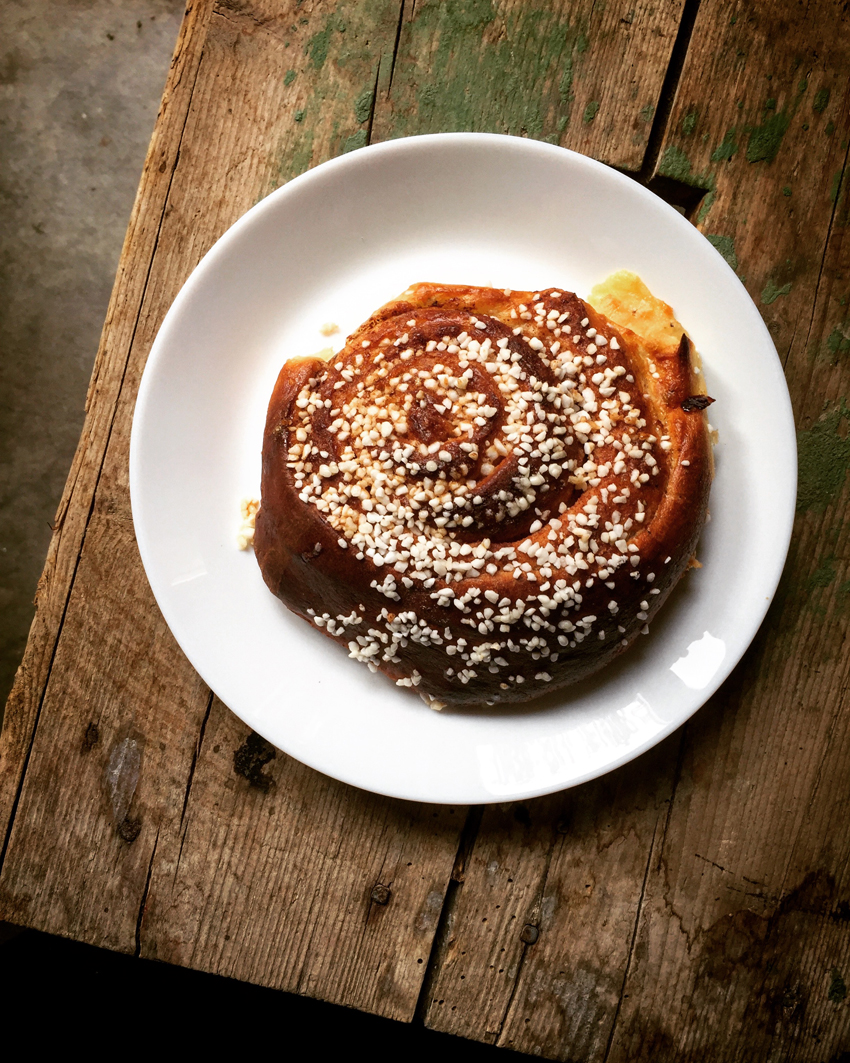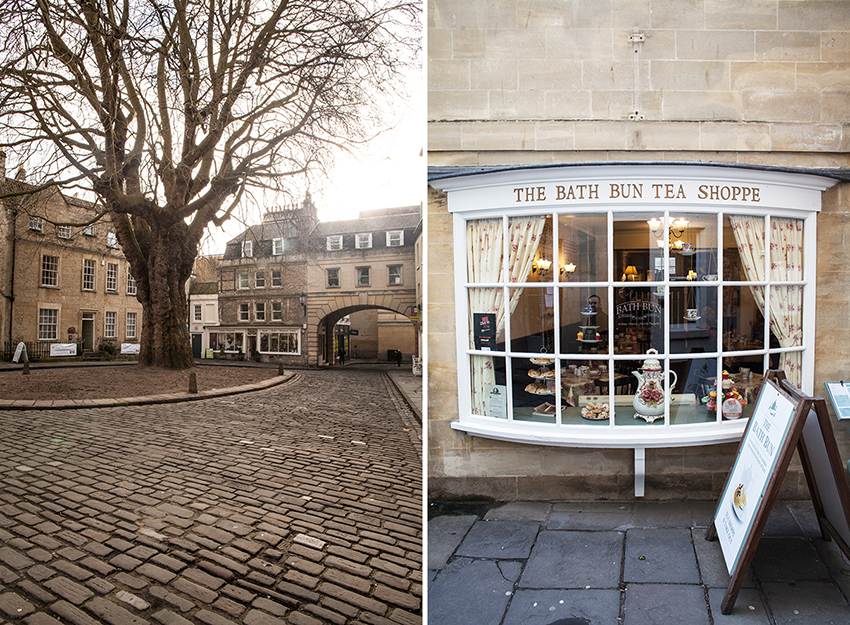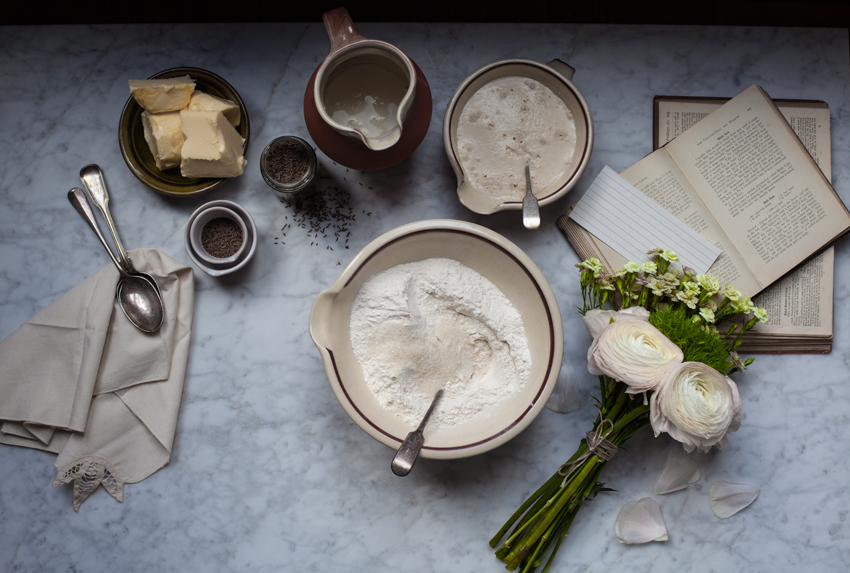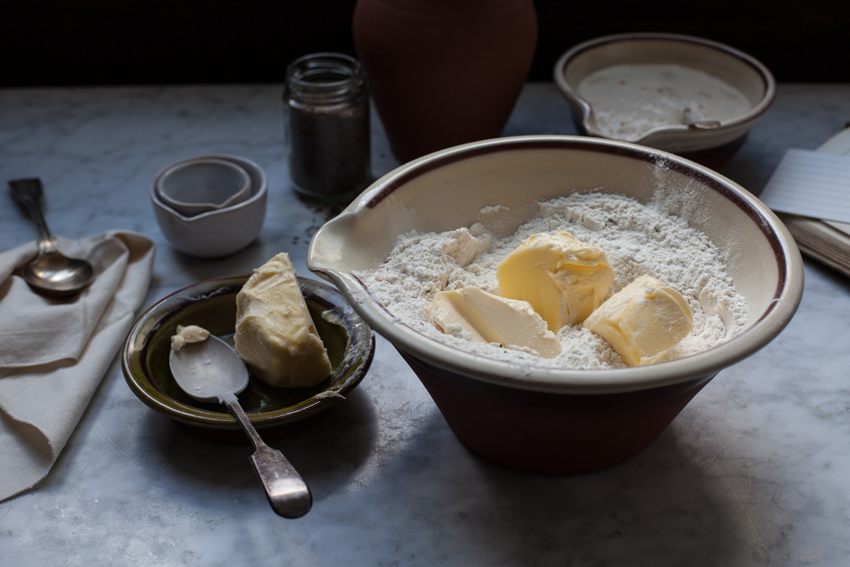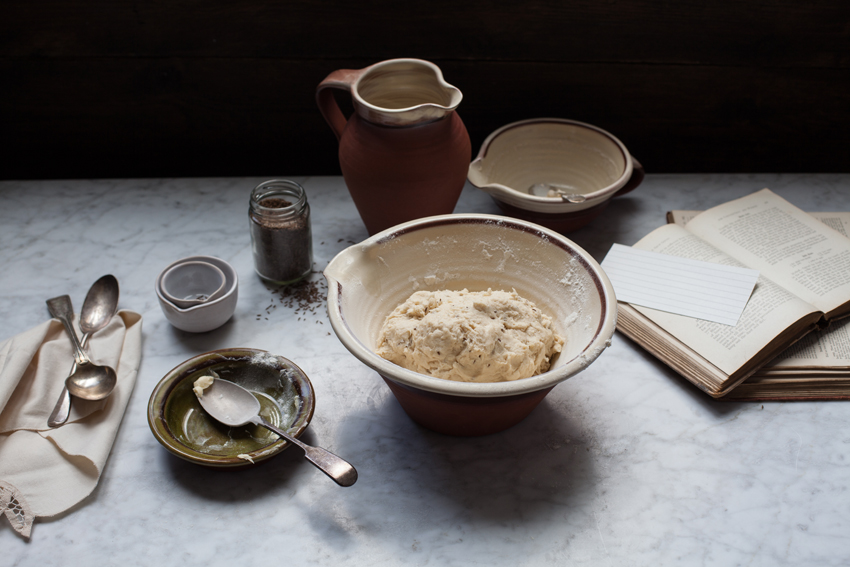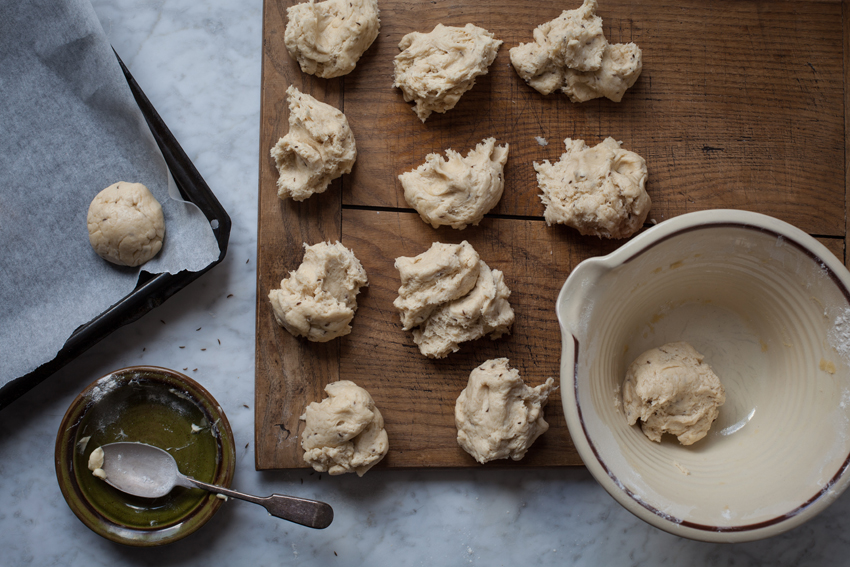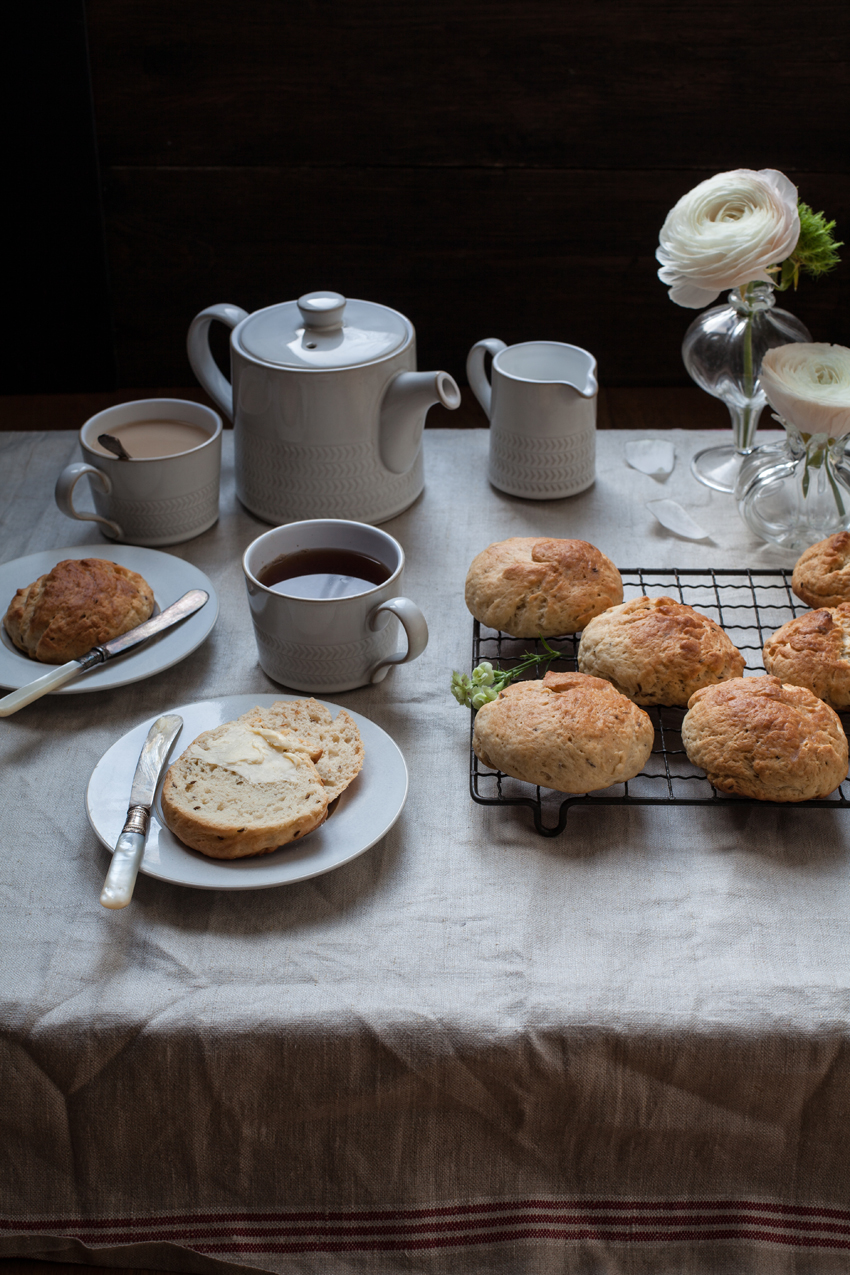The post Swedish Saint Lucia Buns on the darkest day of the year appeared first on Miss Foodwise.
]]>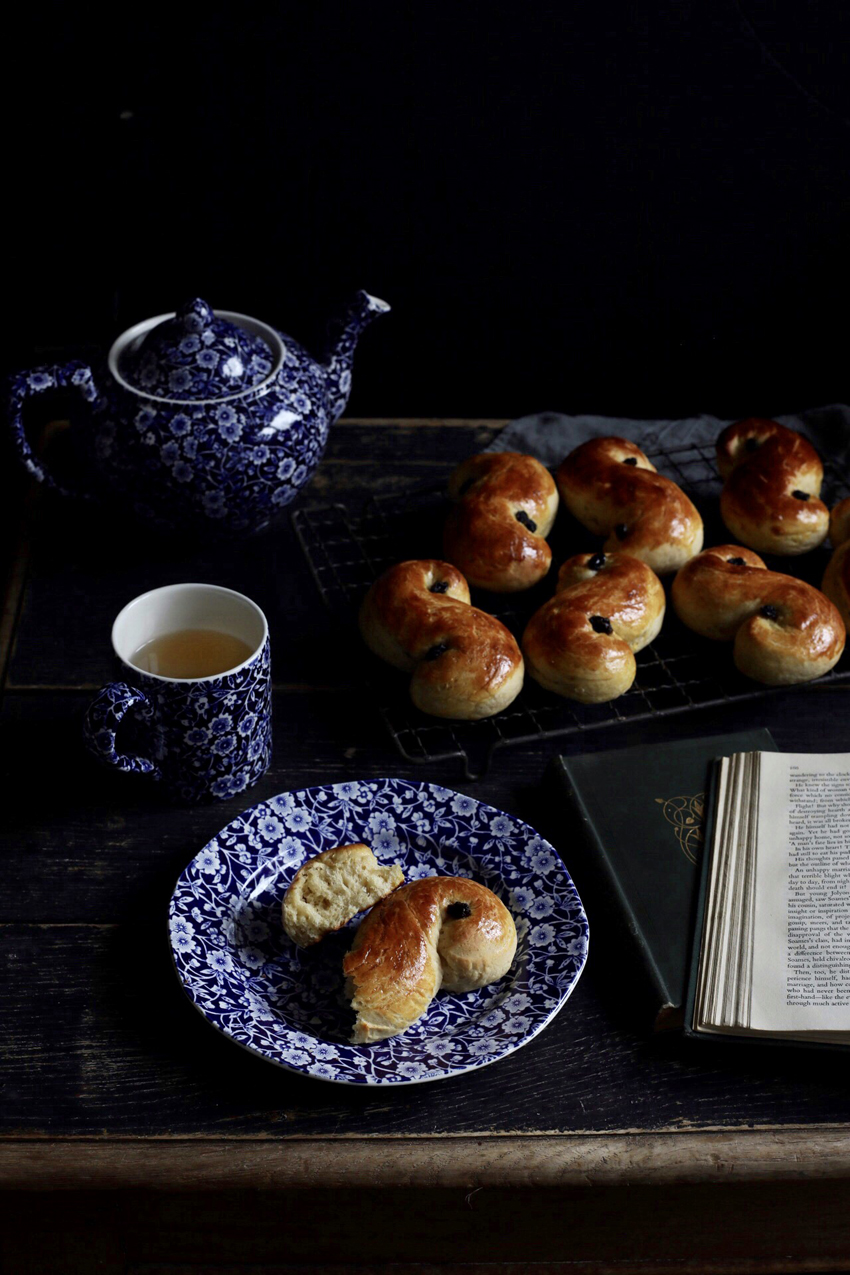 First of all good news! My book Belgian Café Culture (Authentieke Belgische Cafés) has won the ‘Food History’ Award for Belgium at the Gourmand World Book Awards! I’m extremely happy that our Belgian café heritage is getting such recognition, in the hope that this will lead to some day preserving cafés as protected heritage. Now on to todays business…
First of all good news! My book Belgian Café Culture (Authentieke Belgische Cafés) has won the ‘Food History’ Award for Belgium at the Gourmand World Book Awards! I’m extremely happy that our Belgian café heritage is getting such recognition, in the hope that this will lead to some day preserving cafés as protected heritage. Now on to todays business…
Ever since I spent some time in Sweden I can not stop baking traditional Swedish delights! So of course I had to bake on Santa Lucia, which is celebrated in Sweden today. They go by a few names: Lussebullar, Lussekatt, Lussekatter, St.Lucia bullar and plain old saffron buns.
According to tradition it is the eldest daughter of the family who is in charge of baking these buns. Santa Lucia is the christianised pagan feast of the winter solstice. Today is the darkest day of the year and therefore light has to be celebrated and cherished. Before christianisation the Nordic people would celebrate the goddess Frigga or Freya and her awakening from the tree in which she was hiding with her child Baldur. This marks the shortest day and the moment in which the days will start to lengthen again. For pagans today is christmas.
Santa Lucia or Sankta Lucia is a feast of light and celebrated with candles because Lucia wore a candle-lit wreath to guide her through the catacombs to bring food to christians who were in hiding from persecution. Lucia is represented as a lady in a virgin white dress with a red sash symbolising the blood of her martyrdom. In Norway and Sweden girls are dressed like this and one of them wears a wreath crown of candles on her head. The girls parade around the town or village hall with these delicious saffron buns and other delights which symbolises Lucia bringing the light and love of christianity. There is song singing and the whole community comes together.
These buns are easy to make, easy to freeze and have become a staple in our household. Yes I am cheating and eating them all year round! I started from a recipe of a Swedish cookery book from the 1970’s which has had more than 14 editions! I do love to search for the most authentic recipe and there are so many recipes around that this book – I’m in the opinion the older the better – was the best guide. It uses too much sugar so I have reduced that, plus I added a bit of yoghurt or quark which other recipes often do. My method is different too, so scroll down for the recipe
Recipe
What do you need (10 buns)
- 250ml full fat milk
- a pinch of saffron
- 1 pack of dried yeast (about 10-12 grams)
- 420g all purpose flour
- 50g of caster sugar or cane
- a pinch of salt
- 1 egg yolk
- 85 g soft unsalted butter
- 1tbsp of greek yoghurt or quark
- a bunch of currants or raisins for decoration
- 1 eggyolk for eggwashing
Warm the milk with the saffron and let it infuse so it gets a beautiful golden colour, then add the pack of yeast and stir
In a bowl, combine the flour, sugar and salt. Then add the butter and the egg yolk and half of the milk mixture. You can do this in a mixer, I’ve used nothing else since I got my Kenwood in august! Add the rest of the milk gradually and let the mixer (or your hands) knead for 5 minutes on medium fast. The dough will start to form a ball, that is when it is ready.
Now put a towel over the bowl and let the dough rest for 1 hour or until about doubled in size.
Put a piece of baking parchment on a baking sheet. When the dough has rested, knead briefly and roll into a big sausage. You won’t need flour, the dough is sticky but will not stick to your hands or your kitchen counter. Divide into pieces of about 85 grams and roll into snakes to make the shape required. Place neatly on the baking sheet with space in between each bun so they can expand in the oven.
Leave to rest for 30 minutes covered loosely with a tea towel.
Preheat your oven to 250°C
Eggwash your buns, add a currant or raisin on each end an place your buns in the middle of the oven.
Bake for 8-10 minutes.
These buns freeze well, just heat up in an oven before serving!
The post Swedish Saint Lucia Buns on the darkest day of the year appeared first on Miss Foodwise.
]]>The post Kanelbullar, Swedish style cinnamon buns appeared first on Miss Foodwise.
]]>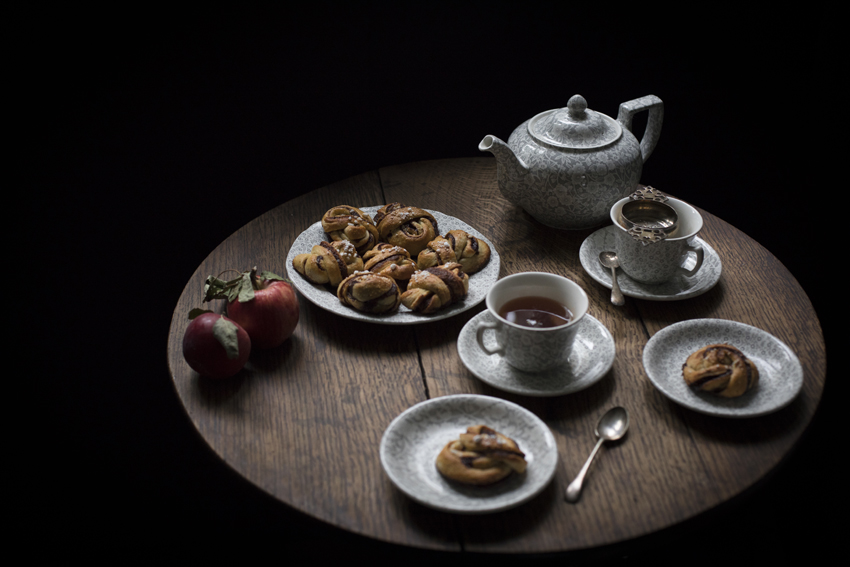 I’ve always had a thing for cinnamon buns, but I’ve also always hated half of the ones I’ve tried.
I’ve always had a thing for cinnamon buns, but I’ve also always hated half of the ones I’ve tried.
-
255 ml full fat milk
-
1 tsp of ground cardamom (I like to grind my own)
-
60 g unsalted soft butter
-
1 egg, beaten
-
500 g plain white flour
-
15 g dried yeast
-
70 g raw cane sugar
-
5 g salt
-
150 g unsalted soft butter
-
95 brown sugar
-
2 tbsp cinnamon (15g)
-
a pinch of salt
-
1 egg, beaten
-
Fine pearl sugar
-
Sugar syrup (optional)
If you made your buns in advance but want to serve them warm, preheat your oven to 160° and warm them for about 5 minutes or so. The buns will be as if they were freshly baked there and then.
The post Kanelbullar, Swedish style cinnamon buns appeared first on Miss Foodwise.
]]>The post Bath buns – or the tale of English buns #1 appeared first on Miss Foodwise.
]]>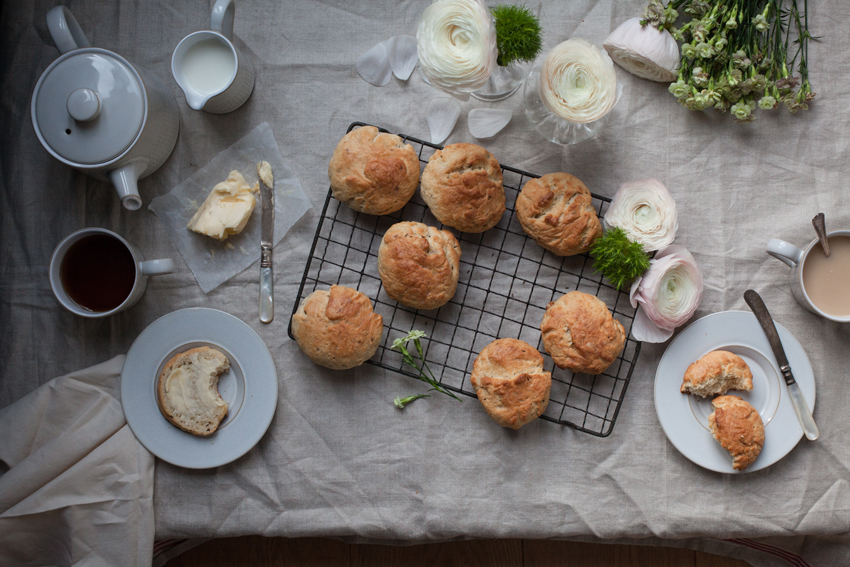 If you have visited the city of Bath, nestled in a green valley with its Roman baths, elegant Georgian townhouses and impressive circus, you might have noticed that there are two famous buns in town. Both are competing to be the oldest, most authentic, and most valuable to the city’s heritage. The Sally Lunn and the Bath Bun – they both even have their own tea room in town. Of course the notion that one of these buns is more important than the other is bollocks. At the end of the day, it’s just something to spread your butter on. I’m far more interested in both of these buns history than I am in their importance.
If you have visited the city of Bath, nestled in a green valley with its Roman baths, elegant Georgian townhouses and impressive circus, you might have noticed that there are two famous buns in town. Both are competing to be the oldest, most authentic, and most valuable to the city’s heritage. The Sally Lunn and the Bath Bun – they both even have their own tea room in town. Of course the notion that one of these buns is more important than the other is bollocks. At the end of the day, it’s just something to spread your butter on. I’m far more interested in both of these buns history than I am in their importance.
One bun maker claimed that the Bath bun was just simply a Sally Lunn which was slightly changed and then given the name Bath Bun for the tourists. A rather simplistic way of looking at it, but it has happened to other foods in the past. Of course in this case we are talking about two entirely different buns.
What a difference a bun makes
We know that during the Great Exhibition of 1851 in London, set up by Prince Albert, 934.691 Bath buns were sold to the public. This shows they were either popular, or they were the best option! According to bun legend people remarked that the Bath bun sold in London was not exactly like the one sold in Bath and soon Bath buns in London were renamed London buns. However, mentions for London buns can be found 20 years before the Great Exhibition. So I’m fairly sure we are again talking about two different buns. To confuse things even more is that in Australia a Chelsea bun is known as a London bun.
The Sally Lunn which I will get to in another posting, is a light bun with a nice dome shaped top, it looks like a brioche but is less rich and not sweet at all. It is known since 1776. The Bath bun used to be a Bath cake in the 18th century. But although it was called cake, it was definitely treated as a bun, which according to Elizabeth Raffald The Experienced English Housekeeper, 1769 should be the size of a French roll and sent in hot for breakfast. Bath resident and cookery author Martha Bradley, gave a recipe in her book in 1756 entitled ‘Bath seed Cake’. Over the course of the 18th century eggs were added to the batter making the buns richer. In Andre Simon’s ‘Cereals: A Concise Encyclopedia of Gastronomy’ from 1807 the recipe instructs the cook to:
Rub 1 lb. of butter into 2 lb. of fine flour; mix in it 1 lb. of caraway comfits, beat well 12 eggs, leaving out six whites, with 6 spoonfuls of new yeast, and the same quantity of cream made warm; mix all together, and set it by the fire to rise; when made up, strew comfits over them.
Jane Austen was a fan of Bath buns and promised to stuff her face with them if her sister Cassandra would not be joining her for a visit to Paragon that May.
Your going I consider as indispensably necessary, and I shall not like being left behind; there is no place here or hereabouts that I shall want to be staying at, and though, to be sure, the keep of two will be more than of one, I will endeavour to make the difference less by disordering my stomach with Bath buns; and as to the troyle of accommodating us, whether there are one or two, it is much the same
Jane Austen to Cassandra, 1801
Her diary entry for 1801 shows us that by then, the Bath cakes were known as Bath buns. This was most definitely a bun for the rich, in the 18th century the normal folk would not be feasting on buns for breakfast, they would have to do with a plain loaf of bread. The eating of yeast leavened buns for breakfast only became something more widespread in Victorian times, when bakeries and methods became more industrialised.
The Bath bun of Jane’s and Elizabeth’s time would have been quite similar, and they are quite filling, unlike the Bath buns we find in Bath today which are more like brioche and do look more like a Sally Lunn but with toppings added. The old Bath buns or cakes contained caraway comfits and were also decorated with them. Caraway comfits had been popular in Britain since Tudor times, and were made by coating the seeds with a various layers of sugar syrup, drying the seeds in between each layer. It was and still is if you want to try to make them today, a very time consuming task. The Caraway comfits, along with other comfits, were often served at the end of a meal with a mulled wine to aid digestion. The buns were usually also coloured yellow using ‘chrome yellow’ which you could only obtain from an apothecary. That led to an unfortunate event when in 1859 a baker poisoned his customers because the apothecary had sold him arsenic by mistake.
Towards the end of the 19th century candied peel, citrus zest and/or dried fruit, and mixed spices became popular. Todays Bath Buns are no longer made with caraway seeds or comfits, nor are they decorated with them. They are now baked with a lump of sugar in them, and decorated with sugar nibs and currants. It now looks more like a brioche like the Saly Lunn, light instead of a more dense scone-like bake. Elizabeth David said of these buns: This London Bath bun should, I believe, be distinguished from the Bath bun of Bath and the West Country, said to be still at least shapely and neatly rounded if not precisely light. Elizabeth David uses Elizabeth Raffald’s 1769 Bath bun recipe for her book ‘English Bread and Yeast Cookery’, but she has slightly altered the recipe, using milk instead of cream and topping the buns with sugar rather than caraway comfits. Helping the idea we have of a Bath bun today. Florence White gives two different recipes for Bath buns in her ‘Good Things in England’ from 1932 – one from 1904 with peel, currants and crushed sugar, and one from the early eighteenth century with sack, rosewater and caraway comfits.
My recipe below is based on that from Elizabeth Raffald from 1769, only I use caraway seeds rather than caraway comfits, because I did not feel like spending hours coating seeds in sugar. When I have oceans of time some day, I will try and make caraway comfits, but for now these buns will do just as they are. Call them lazy Bath Buns. Good as ever spread with a generous amount of sweet butter, but cheddar or gauda cheese is very nice as well. They are more like scones than they are buns, best eaten on the same day of baking them when just cooled.
Bath Buns – old school
- 450g strong white bread flour
- 280ml lukewarm milk
- 10 g dried yeast
- 20 g caster sugar
- 1 tsp salt
- 1 tbsp caraway seeds
- 225 g butter at room temperature
For the glaze
- 2 tbsp milk
- 2 tbsp caster sugar
Method
Measure the flour in a large bowl.
Warm the milk, add half the sugar and add the dried yeast. Stir and leave until it starts to react. This is what they used to call a ‘sponge’.
Combine the flour, the salt, sugar and caraway seeds and rub in the butter until evenly divided and the mixture resembles coarse bread crumbs.
Make a well and pour in the milk and yeast, use a spoon to combine then quickly then use one of your hands to knead the dough until the dough releases from your hands. It is a sticky dough, more like a cake batter then a bread batter. Kneading it will make it come together.
Place the dough in a covered bowl and put it somewhere warm to rest for 1 hour to 1,5 hours or until doubled in size. I find that it works best to place the bowl in an oven which you have slightly warmed. The inside should just feel pleasantly warm, like a ray of sunshine onto your skin in summer. If you are lucky enough to live in a warmer climate, you can just place your bowl wherever, covered, preferably with a very funny looking shower cap.
After a nice rest, divide the dough in 12 parts and shape them into buns.
Place on a baking sheet, cover and leave to rest again for 1 hour or until doubled in size.
When reaching the end of the resting time, take your buns out of their cosy warm oven and preheat it to 190°-200° C.
While your buns are in the oven make the glaze by warming the milk and sugar until dissolved.
Bake for 15 minutes in the middle of the oven until they are golden, not brown. Brush the buns with the glaze when they are still warm, generously, because we like shiny buns.
At this point caraway comfits would have been added. If you can find it in yourself to create these most tiny candies, this would be the time to add them.
Source of Jane Austen’s letter: Austen, Jane. (2013). pp. 250-1. Letters of Jane Austen; Edited, With an Introd: And Critical Remarks (Vol. 1). London: Forgotten Books. (Original work published 1884)
You might also enjoy:
A winter visit to Bath >
Cornish splits >
The perfect scone >
The post Bath buns – or the tale of English buns #1 appeared first on Miss Foodwise.
]]>
